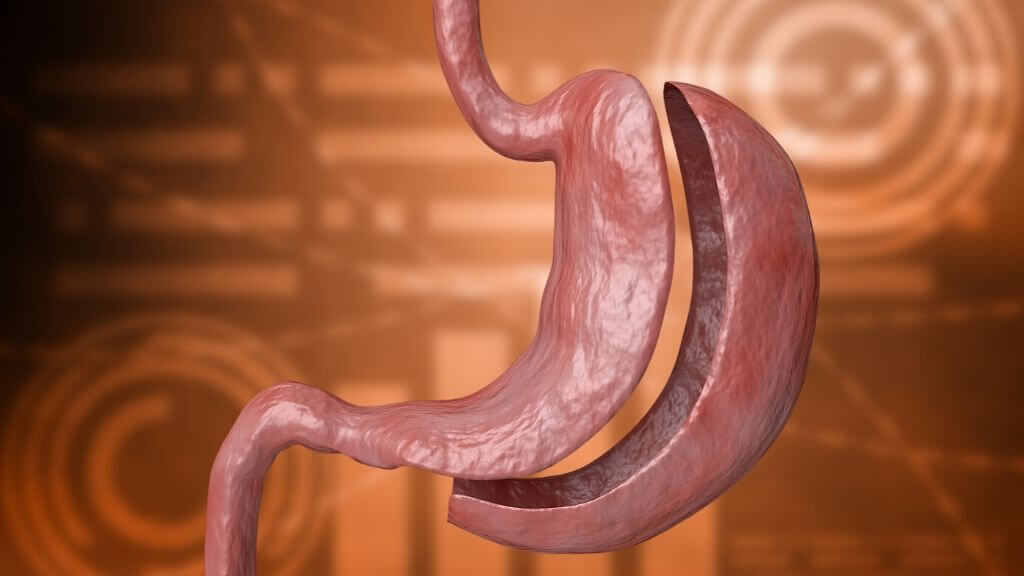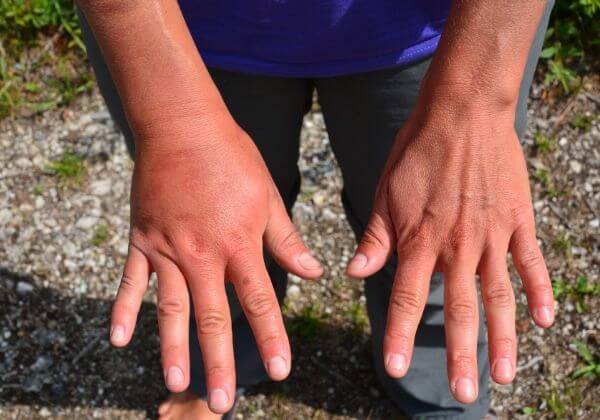Obesity is currently an epidemic in the United States and significantly increases the risk of heart disease, stroke, diabetes, cancer, and premature death.
Obesity is defined as having a BMI of 30 or more, and this is calculated taking your height and weight into consideration. Obesity is now seen in children and adolescents, and this only increases their risk of diseases as they age.
The solution for obesity is weight loss.
Obesity and excess weight is caused by consuming more calories than you burn. A high-calorie diet combined with a long term lack of physical activity contributes to accumulated fat and weight around the body.
The most common causes for becoming overweight include:
♦ Poor diet high in fats
♦ A sedentary lifestyle
♦ Not getting enough sleep, and this changes hormones and food cravings
♦ Genetics can influence how your body metabolizes food and stores fat
♦ Aging slows your metabolic rate, which makes it easier to gain weight.
The main symptom that signifies obesity is excessive weight and a BMI of over 30. What matters more than the symptoms are the complications of being overweight.

Having a high fat-to-muscle ratio in your body uses great strain on bones and internal organs and causes systemic inflammation. This can manifest as pain in joints as well as the back. As a result, being obese and not losing weight can lead to serious consequences.
♦ Type-2 diabetes
♦ Fatty liver disease
♦ Stroke
♦ Heart disease
♦ Hypertension
♦ Gallbladder disease
♦ Sleep apnea
♦ Arthritis
♦ Infertility
♦ Certain cancers (breast and colon)
When you have a BMI of 30 or more, you are diagnosed as obese. More accurate measures can be taken of your body fat and fat composition such as skinfold thickness, waist-to-hip comparisons, and ultrasound screenings or MRI scans.
Blood tests can also help to diagnose obesity by looking at blood glucose and cholesterol levels. Doctors also like to run tests for heart health, diabetes, and thyroid function, as these can be negatively impacted by excess weight.
The treatment for obesity is weight loss. Your doctor will work with you to develop a plan to help you lose weight in the most effective and healthy way. This typically involves lifestyle changes such as quitting bad habits, developing an exercise routine and eating better.

In addition to this, they will try and identify if there are any triggers that cause you to overeat or internal issues interfering with your metabolism. Diet and exercise are the best approaches to weight loss, and in extreme cases, surgery is available.
What you eat has a significant impact on whether or not you will lose weight. Fad diets are out there, but these do not work. As soon as you return to a regular diet, any weight you lost will return.
Weight loss pills are popular, but not always the best option as the evidence on their success has been questioned. The best diet is full of balance and nutrition, and you’ll need to stick with this diet to see results.
Your meals each day need to contain a protein, a healthy fat, and a low-carbohydrate source. Fad diets work by eliminating one or several of these, which is not healthy. By including these foods in each meal, you can control caloric intake, which will help with the weight loss plan.
♦ Protein: Stick with lean meats such as poultry and fish as well as eggs. High protein diets reduce food cravings later in the day so you can cut your overall snacking in half.
♦ Fats: Your body does need fat just be sure to give it the right kind such as avocado, olive oil, and coconut oil.
♦ Low-carbohydrate foods: The best source for these is vegetables because you get the carbohydrates you need for energy as well as plant nutrients, which help to ward off disease. The best low-carb vegetables for weight loss are spinach, tomatoes, broccoli, kale, lettuce, cucumber, and Brussel sprouts.
♦ Apple cider vinegar weight loss plan: Mixed with water and drank once per day, the apple cider vinegar drink can help boost metabolism, clear toxins, and promote weight loss. (but do not replace your meals with this).
Exercise, along with diet, is the best natural way to lose weight and beat obesity. The right diet will provide a number of benefits, but when combined with regular exercise, you can really lose the most weight and achieve a healthier body.

Exercise can prevent and even reverse the effects of certain diseases. Your risk for serious diseases decreases significantly once you start and stick to a regular exercise routine.
Exercise also increases your metabolism, which contributes to weight loss. To lose weight, you need to burn more calories than you are consuming.
Your diet has already cut the number of calories, so by exercising, you can start burning off those calories stored as fat around the body. Working out more than twenty minutes a day contributes to weight loss, and for the best results combine aerobic activity with strength training and core-based exercise like yoga.
In some cases, surgery is an option for helping to reduce obesity and lose weight. Your doctor has to approve these procedures, as it is considered a last resort and is only approved when your current situation is life-threatening.
There are four typical surgeries done to help remove weight by reducing the amount of food that the stomach can hold.
♦ Gastric bypass: Only a small part of the stomach is left, so you are not able to eat as much. A bypass is made, so the food goes straight from your new “pouch” to the small intestine.
♦ Adjustable gastric band: A small band is placed around the top of your stomach. The band has a balloon that controls how tight it is, and it limits how much food can enter your stomach.
♦ Gastric sleeve: This removes most of the stomach and leaves a narrow section of the upper part only. The creation of this sleeve also curbs the hunger hormone ghrelin, which helps you eat less.
♦ Duodenal switch: This is a complicated procedure that removes most of the stomach and uses a sleeve to bypass the small intestine. You eat much less, but your body also absorbs much fewer nutrients.
♦ Obesity has nearly tripled across the world since 1975.
♦ 30 percent of adults over 18 are overweight, and 13 percent are clinically obese.
♦ Being overweight kills more people than being underweight.
♦ Over 340 million children and adolescents are currently overweight or obese.
♦ Obesity is preventable.

Obesity and excessive weight can make life challenging. It is difficult to get a disability rating as a result of obesity without medical evidence that you are unable to lose the weight or that your life has been seriously impaired.
If you notice that your weight is uncomfortable and is interfering with your daily tasks and the ability to perform your job, speak with your doctor about losing weight. Obesity is preventable and can be reversed, so it does not have to be a disability.
Childhood obesity is troubling because the extra weight as the body is still developing can put them at risk for serious health complications. Their risk for diabetes, heart disease, hypertension, and high cholesterol increases significantly.
The additional weight is also bad for growth and development, as extra pressure is placed on growing bones and muscles. The best way to prevent childhood obesity is to promote and practice healthy eating and exercise for the whole family.
The most positive aspect of obesity is that it is preventable. Unlike so many other diseases, you have the power to prevent this.
Living with obesity for a long period of time can significantly increase your risk for serious health issues and can take years off your life. With weight loss and a balanced diet, you can leave obesity behind you and live a healthy and long life.





















